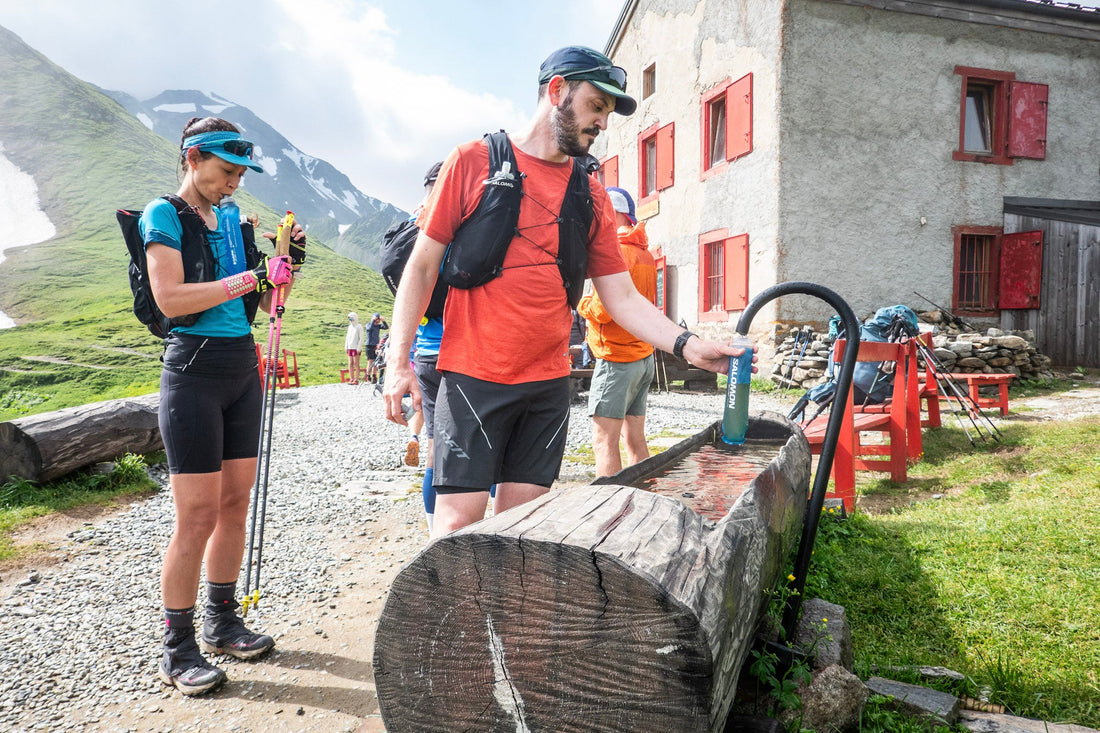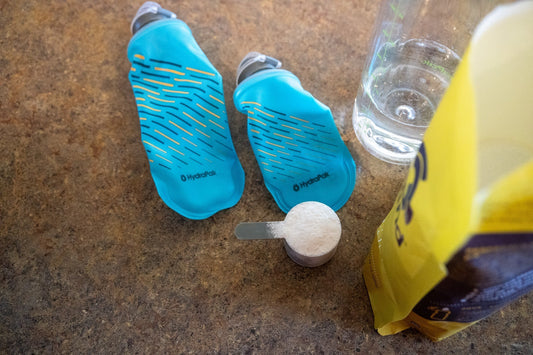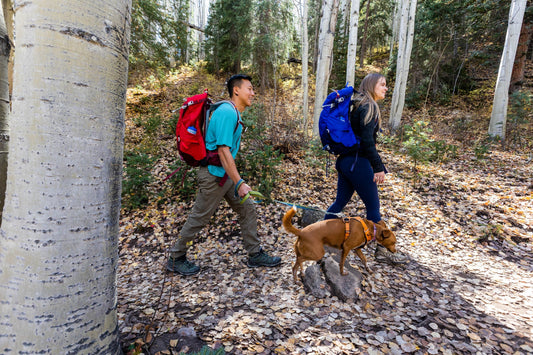3 Top Tips for Trail Running in the Alps
0 Comments
In case you missed it, last month, we announced our partnership with Run the Alps. Based in Chamonix, France, in the heart of the Alps, the US-founded Run the Alps is the go-to-crew for trail running tours and, well, just about all things trail running in the Alps.
-
For those of you thinking about heading to trail run in the Alps, be sure to check out Run the Alps’ guided and self-guided trail running trips.
-
If you’re the DIY type, grab a copy of one of their guidebooks (Mont Blanc Region, Switzerland)
-
If you’re passing through Chamonix, book a few nights at their trail running community chalet, The Hub.
Looking for more? Check out the three top tips from Run the Alps staff and guides below, or head to their website for even more Alps-intel.
Tip 1: Pole Play
In the Alps, nearly everyone trail runs with poles, and for good reason. Poles give you extra propulsion uphill and help your stability. They’re most useful on long, steep climbs, where you’ll be “power hiking” for a long time. Here are a few tips for trail running with poles:
• Rest your Hands: You can save energy by resting your hands in the straps, rather than gripping the poles. Your arms will thank you!
• Change the Pole Length: If you have adjustable poles, try lengthening the poles for
going downhill, and shortening them on any climbs—many trail runners shorten their poles by about 10cm when climbing.
• Leave Some Space: Leave at least a couple of meters between you and the runner ahead
to avoid being stabbed by their poles! If the person in front hits you with his or her pole, it’s fair
to say it’s your fault for being too close.
• Drop the Straps: Take your hands out of the pole straps for technical downhills, to reduce the chance of injury or accidentally breaking a pole if you fall.
• Practice with poles before coming to the Alps. You can consider yourself graduated from trail running pole school when you can carry both poles in one hand while eating on the go with the other!
Psst – If you’re coming to the Alps during the shoulder seasons when the trails tend to be more fragile, wet and prone to damage you may want to add rubber ends to your poles to reduce erosion.
– Emily Geldard, Run the Alps Guide
Tip 2: What Goes Up Must Come Down
Many people worry about the challenge of uphill climbs in the Alps. And that does make sense– but it’s only half the story. Long alpine descents place a big strain on the body.
The best preparation is practicing on real hills, but if that’s not available, use a treadmill with a decline setting and run downhill intervals, simulating the demands of descending terrain.
Focussed gym training that emphasizes eccentric muscle control is also beneficial. Try eccentric squats, step-downs, and reverse lunges to strengthen the muscles and enhance stability for downhill running.
– Sam Hill, Run the Alps Guide and Photography Manager
Tip 3: Download, and Load up: Apps for the Alps
Trail running in the Alps, there’s not much that’s more helpful than the right app at the right moment. Cell coverage in the Alps is remarkably good, too. Here are a few favorite apps from the Run the Alps team for….
Transportation
SBB CFF FFS Swiss Federal Railways
SNCF French Federal Rail System
TMB Mobility Mont Blanc Tunnel Traffic
Weather
Météo Bleu French weather, with mountain detail
Meteo France French weather
Meteo Swiss Switzerland weather
Mapping and Trail Running
Iphigenie (France)
Switzerland Mobility (Switzerland)
Gaia (General)
OUTMAP(General)
For more suggestions, see Run the Alps’ blog Apps for the Alps: Our Favorites for Trail Running and Traveling.
– Kim Strom, Run the Alps Content Producer
Tailwind is excited to be teaming up with Run the Alps. In our first year of collaboration, we’ll be a lead sponsor of their Alps Trail Running Film Festival, co-hosting an event before UTMB in Chamonix.
You can see more stunning photos of the Alps and check out Run the Alps’ trips at their website. Get Alps news with their newsletter, and follow their adventures on Instagram and Facebook.






